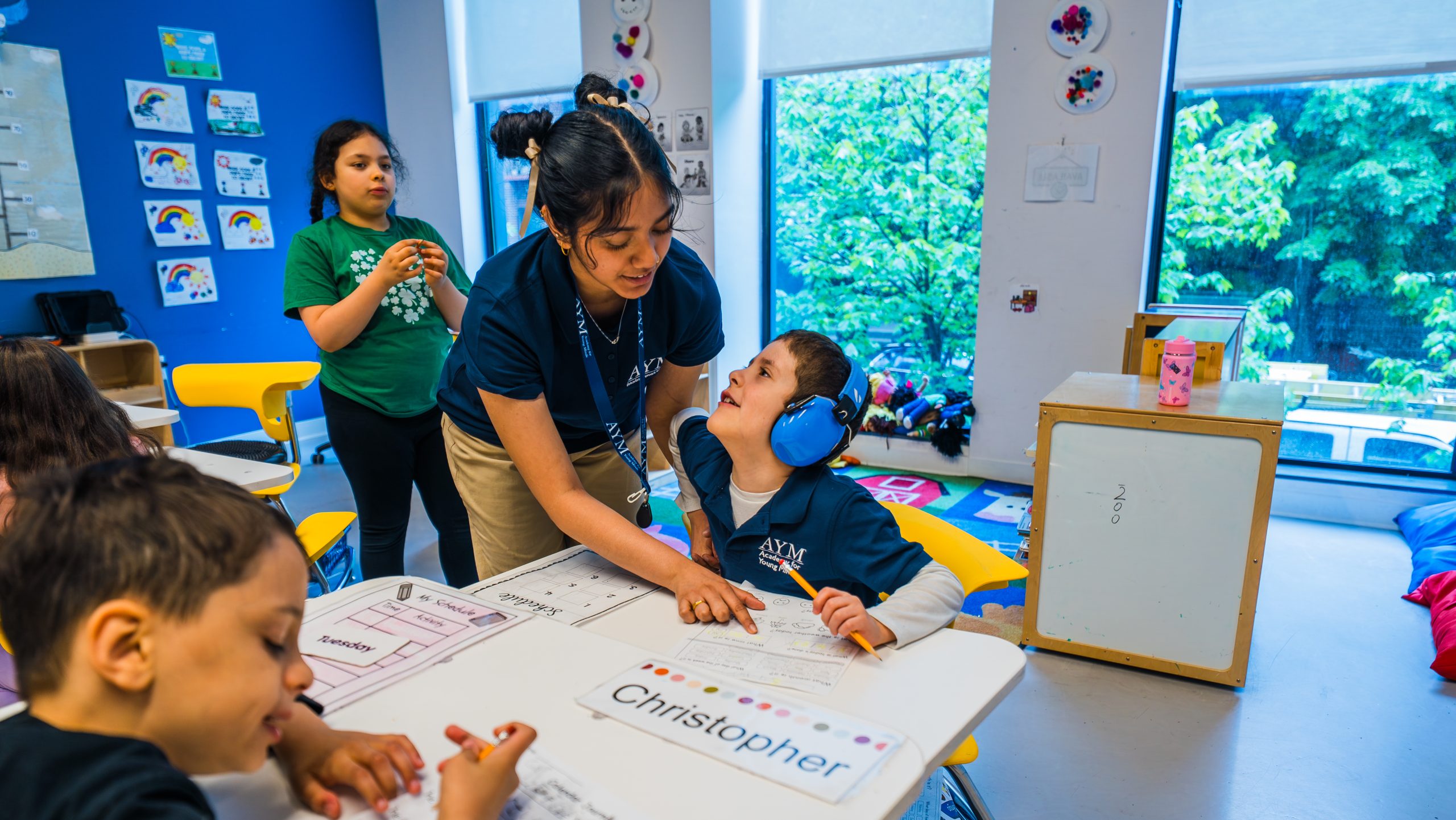Summer Travel Tips for Children with Autism: A Parent’s Guide to Stress-Free Family Vacations
Summer is a time that often invites adventure, whether it’s a family road trip, a visit to relatives, or a long-awaited vacation. These experiences can offer children meaningful opportunities to explore new environments, connect with loved ones, and make lasting memories.
But for families of children with autism, summer travel can come with added challenges. Unfamiliar places, unexpected changes in routine, crowds, and sensory overstimulation can quickly turn an exciting trip into an overwhelming one for both the child and their caregivers. It’s completely normal to feel a mix of excitement and worry as you prepare to travel. You’re not alone in wanting the experience to go smoothly, and you’re not alone in facing the hurdles that can arise.
The good news? With the right preparation and support in place, travel can be a positive, even joyful experience for children on the autism spectrum. A little planning goes a long way in helping your child feel safe, understood, and comfortable throughout the journey.
At AYM, we understand how important structure and predictability are for many of our students. That’s why the same principles we rely on in the classroom—clear expectations, thoughtful preparation, individualized support—can be extended to family life and travel, too.
With that in mind, we’ve put together some tips to reduce stress, support your child’s needs, and help your whole family feel more confident as you head out the door.
- Create a Visual Travel Story
For many children with autism, not knowing what to expect is a major source of anxiety. Creating a visual travel story, a simple, personalized narrative with pictures and descriptions, can be a powerful tool to prepare your child for what’s ahead.
Include photos of the places you’ll visit: the airport, airplane, hotel room, rest stops, or even Grandma’s house. Describe each step of the trip in calm, clear language: “We will pack our bags. We will drive to the airport. We will go through security. Then we will wait for our plane.”
Practice reading the story with your child in the days leading up to travel. You can also act out parts of the experience to help make the unfamiliar feel more familiar. If you’re taking a plane, for instance, you can practice standing in line, sitting with a seatbelt, or rolling a suitcase. This repetition builds understanding and gives your child a sense of control, which can ease anxiety and increase confidence.
- Keep the Daily Routine When You Can
Even when your family is far from home, maintaining parts of your child’s regular routine can provide comfort and stability. Think about what your child expects each day, like a certain meal, quiet time in the afternoon, or a specific bedtime ritual, and try to keep those touchpoints intact.
Bring along familiar objects like a favorite blanket, bedtime book, or the same plate used at meals. If your child listens to music or watches a particular video during quiet time, make sure those are downloaded and ready to go. These small details can make a big difference in helping your child feel grounded.
- Talk to Guest Services Before You Get There
Whether you’re flying, staying at a hotel, or visiting an amusement park, guest services can often help if you reach out in advance. Many families are surprised to learn how many accommodations are available, from early boarding and sensory-friendly spaces to quiet hotel rooms and special meal accommodations.
Before your trip, call or email the airline, hotel, or destination and explain your child’s needs. You might request a corner hotel room away from noise, or ask if there’s a private area where your child can take a break. Some airports offer programs that allow families to do a “practice run” through security before the travel day. The TSA Cares program offers additional accommodations to individuals with disabilities when flying.
By being proactive, you’re making it easier for your child, and for others to offer the right kind of support.
-
Plan for Sensory Sensitivities
New environments are often full of unpredictable sensory input: bright lights, unfamiliar smells, loud announcements, crowded spaces. Preparing for these in advance can help your child feel more comfortable and in control.
Pack a sensory toolkit tailored to your child’s needs. This might include noise-canceling headphones, fidget toys, sunglasses, or a favorite chewable necklace. Bring snacks with familiar textures and flavors. Don’t forget an extra comfort item or two for unexpected delays or long waits.
You can also plan your travel around sensory-friendly choices. Fly during less crowded times, sit near the front of the plane, or book quieter restaurants. Take breaks in between stimulating activities. If you’re visiting a busy attraction, plan to arrive early or later in the day when crowds are thinner.
Flexibility paired with thoughtful planning helps create an experience that’s not only more manageable—but more enjoyable—for everyone.
Supporting a child with autism through summer travel isn’t about creating a perfect trip; it’s about creating a trip that works for your family. With preparation, compassion, and flexibility, you can set the stage for positive experiences that build confidence and connection.
At AYM, we work closely with families to provide not only classroom structure and support but guidance that extends beyond school walls. Whether your summer includes a plane ride across the country or a weekend visit with relatives, you don’t have to navigate it alone.
If you’re looking for more resources, personalized strategies, or support from a team that understands the unique needs of children with autism, reach out to us. We’re here to help.
Resources:
https://www.autismparentingmagazine.com/autism-family-travel-tips/



